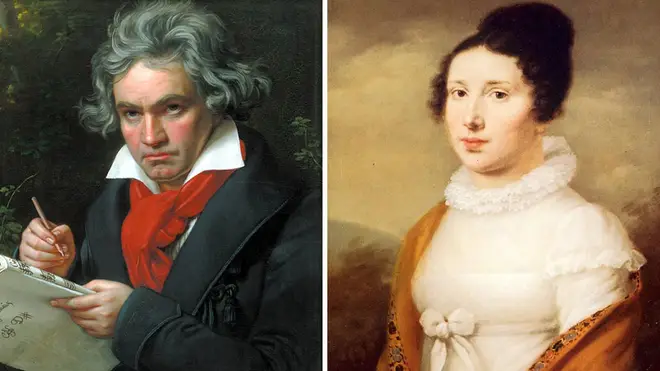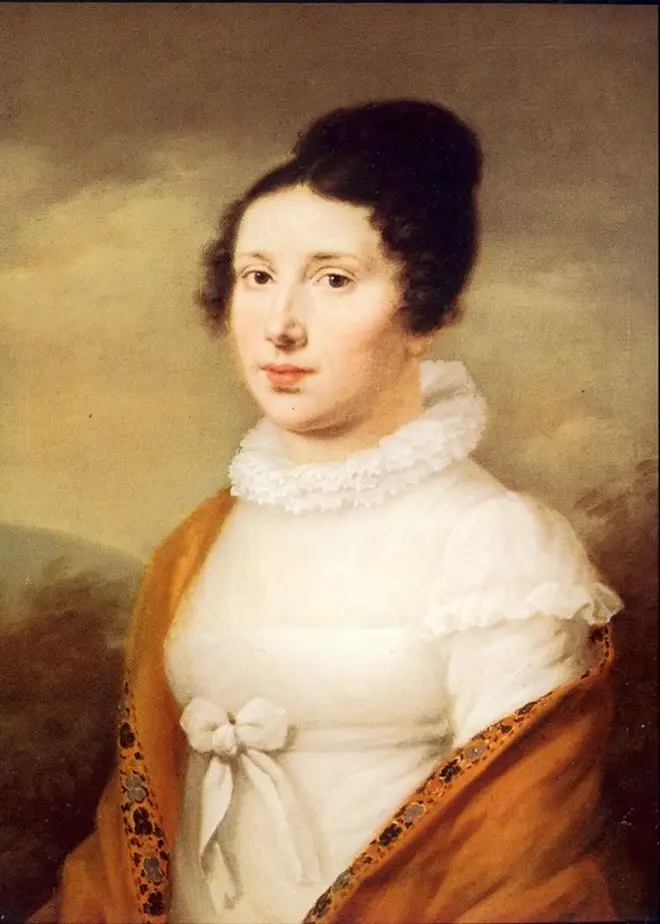On Air Now
Early Breakfast with Lucy Coward 4am - 6:30am
27 November 2018, 16:55 | Updated: 28 November 2018, 13:53

It’s one of Beethoven’s best-known works – but the identity of its dedicatee has been the subject of years of confusion. Who actually was Elise?
Beethoven’s Bagatelle No. 25 in A minor is rarely referred to in such grandiose terms; instead, all who know and love it refer to it simply by its nickname, ‘Für Elise’ (German for ‘for Elise’).
But it’s a nickname that, frankly, should never have existed. Beethoven did indeed include a dedication on the manuscript, but it was ‘Für Therese’.
Poor Therese must have been slightly miffed when, thanks to a rather slapdash copywriter called Ludwig Nohl, the dedication on the published version of the work was changed to someone quite different.

It is widely acknowledged that Therese, perhaps the true dedicatee of ‘Für Elise’, was Therese Malfatti, a woman to whom Beethoven proposed in 1810 – the same year he composed ‘Für Elise’. She was also the owner of the manuscript.
However, other researchers have suggested Elise could have been a German soprano named Elisabeth Röckel. Röckel played Florestan in Beethoven’s opera Fidelio, and many sources show that Elisabeth often met with Beethoven, who fell in love with the young woman and wanted to marry her.

Berlin musicologist Klaus Martin Kopitz said: “For years, I’ve been working on a publication called ‘Beethoven in the eyes of his contemporaries’, which includes all the reports from people who knew Beethoven personally: journals, letters, poems, memoires. Certain women are mentioned, and one of them was Elisabeth Roeckel.”
There is also a third candidate: another German soprano and friend of Beethoven called Elise Barensfeld. In 2012, musicologist Rita Steblin claimed Beethoven dedicated ‘Für Elise’ to Barensfeld.
Steblin thinks Therese Malfatti could have been Barensfeld’s piano teacher when she was 13, which is why Beethoven dedicated Elise the easy Bagatelle, “to do his beloved Therese a favour”.
Beethoven composed the piece on 27 April 1810. At this stage, Beethoven’s hearing was getting gradually weaker.
So if Beethoven was completely deaf, how did he compose? >
The composer could apparently still hear some speech and music until 1812. But by the age of 44 (four years after he composed ‘Für Elise’), he was almost totally deaf and unable to hear voices.
As he got progressively more deaf, his pieces got higher and higher. This might account for the relatively high pitch of ‘Für Elise’, which reaches an E7 – two Es above a top soprano C.

Nowadays, ‘Für Elise’ is undoubtedly one of Beethoven’s most famous works. It seems almost strange then that, at the time it was composed, the piece was relatively incidental.
It certainly didn’t provoke much of a reaction and apparently Beethoven himself was never fully satisfied with the work, returning to it some years later and trying, unsuccessfully in his eyes, to revise and refine it.
Ultimately, ‘Für Elise’ wasn’t even published until 1865, nearly forty years after Beethoven’s death on 26 March 1827.